July 12 - 16, 2026
Washington, D.C., United States
ISCB Flagship Event
Dec 10-13, 2025
Hong Kong, China
ISCB Official Event
December 6 - 8, 2025
Northeastern University, USA
Jan 3 - 7, 2026
Big Island, Hawai'i
April 21-22, 2026
Cambridge, UK
ISCB Official Event
May 26 - 29, 2026
Thessaloniki, Greece
May 27-29, 2026
Toronto, Ontario, Canada
ISCB Official Event
August 31 - September 4, 2026
Geneva, Switzerland
Bioinformatics Community Events
ISCB’s Annual Flagship Meeting
Support the society while achieving your marketing goals
Become a ISCB collaborative conference, learn more here
Regional, topical, worldwide - your platform to present science
dedicated to facilitating development for students and young researchers
The ISCB Affiliates program is designed to forge links between ISCB and regional non-profit membership groups, centers, institutes and networks that involve researchers from various institutions and/or organizations within a defined geographic region involved in the advancement of bioinformatics. Such groups have regular meetings either in person or online, and an organizing body in the form of a board of directors or steering committee. If you are interested in affiliating your regional membership group, center, institute or network with ISCB, please review these guidelines (.pdf) and send your exploratory questions to Diane E. Kovats, ISCB Chief Executive Officer (This email address is being protected from spambots. You need JavaScript enabled to view it.). For information about the Affilliates Committee click here.
Topically-focused collaborative communities
Connect with ISCB worldwide
Environmental Sustainability Effort
ISCB is committed to creating a safe, inclusive, and equal environment for everyone
Resource library for education and training materials
Search jobs, find talent
Science at the click of the mouse, recorded talks
High-quality research devoted to computer-assisted analysis of biological data
Latest research and publications
Certifying Quality in Computational Biology Education
Latest updates from ISCB
Highlighting Society events, programs, and achievements
Celebrating scientific achievement and innovation
Honoring our distinguished researchers
Recognizing contributions and achievements
Center for science, collaboration, and training
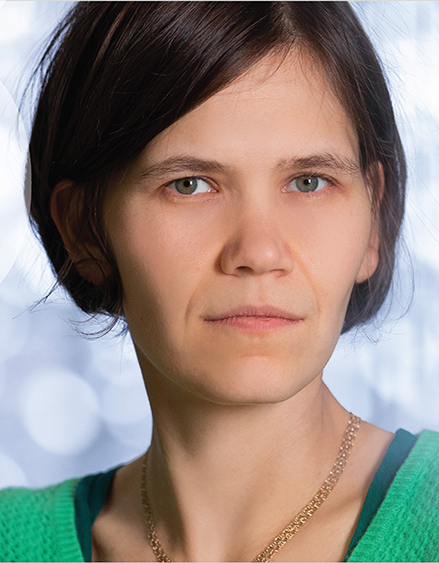 Maria Chikina
Maria Chikina
University of Pittsburgh
USA
Maria Chikina is an assistant professor of Computational and Systems Biology at the University of Pittsburgh School of Medicine. She received her BSc degree in Mathematics and Biology from the University of Chicago and a PhD in Computational Biology from Princeton University with Olga Troyanskaya as her advisor. She did her postdoctoral research with Stuart Sealfon at the Icahn School of Medicine at Mount Sinai. Her group works on diverse data problems ranging from molecular evolution to machine learning for large datasets.
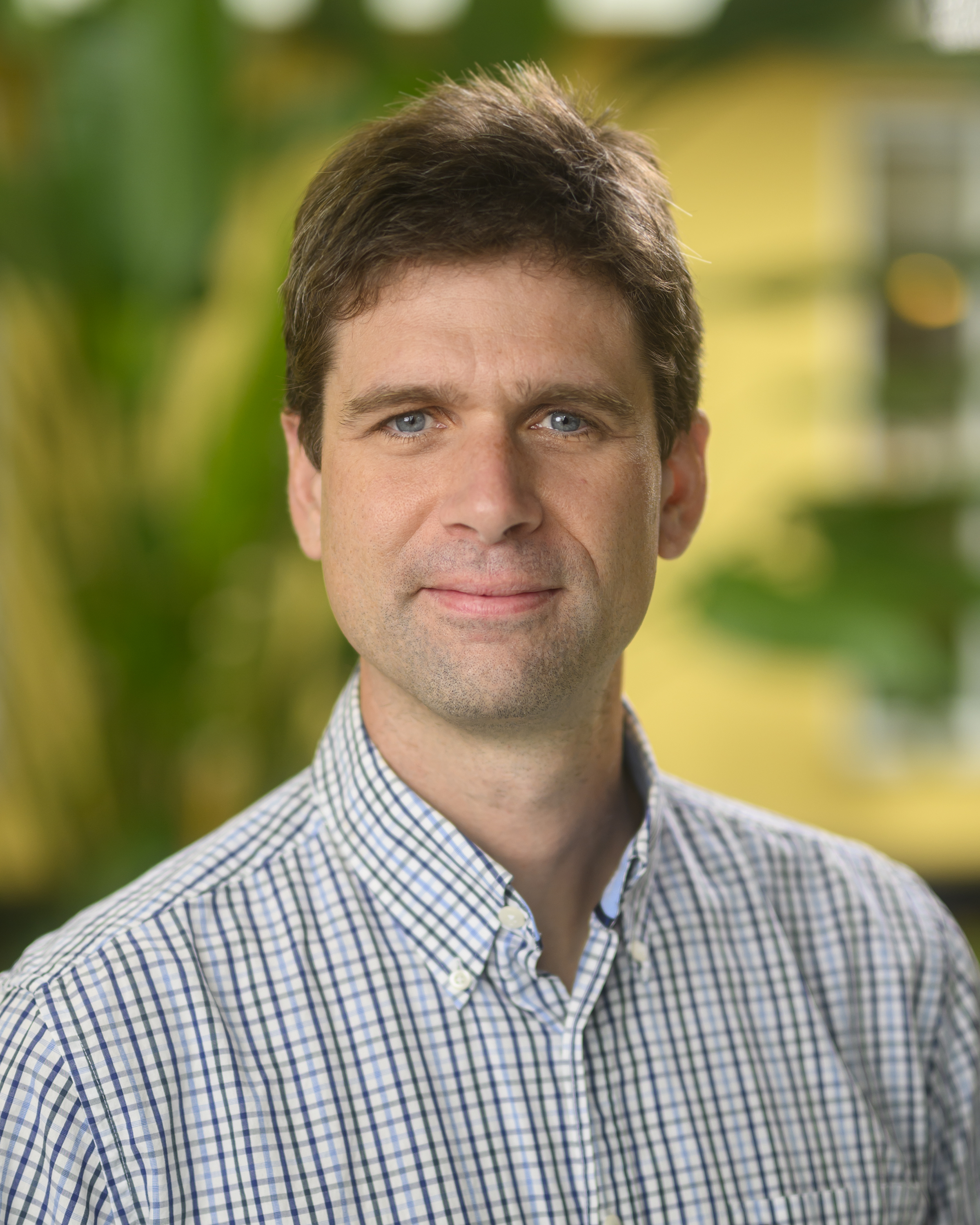 Benjamin Haibe-Kains
Benjamin Haibe-Kains
University of Toronto
Canada
Dr. Benjamin Haibe-Kains is a Senior Scientist at the Princess Margaret Cancer Centre (PM), University Health Network, and Professor in the Medical Biophysics Department of the University of Toronto. Dr. Haibe-Kains earned his PhD in Bioinformatics at the Université Libre de Bruxelles (Belgium). Supported by a Fulbright Award, he did his postdoctoral fellowship at the Dana-Farber Cancer Institute and Harvard School of Public Health (USA). He is now the Canada Research Chair in Computational Pharmacogenomics and the Scientific Director of the Cancer Digital Intelligence Program at PM. Dr. Haibe-Kains’ research focuses on the integration of high-throughput data from various sources to simultaneously analyze multiple facets of cancer progress and therapy response using machine learning and AI methods. Dr. Haibe-Kains’ team analyzes large-scale radiological and (pharmaco)genomic datasets to develop new prognostic and predictive models to improve cancer care.
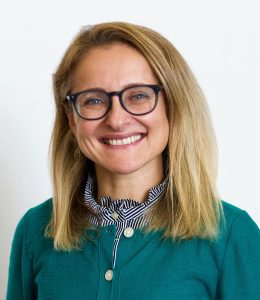 Sunduz Keles
Sunduz Keles
University of Wisconsin-Madison
USA
Dr. Keles is a professor of Statistics and of Biostatistics and Medical Informatics. She obtained her Ph.D. in Biostatistics from the University of California at Berkeley. After a year-long postdoctoral appointment at UC Berkeley, she joined the Department of Biostatistics and Medical Informatics and the Department of Statistics at the University of Wisconsin, Madison. She has more than twenty years of experience in developing statistical and computational methods for genomics, including serving as an ENCODE PI, and pioneering foundational statistical models for leveraging multi-mapping reads in high throughput sequencing data analysis (ChIP-seq, Hi-C). In 2022, Dr. Keles was elected a fellow of the American Statistical Association.
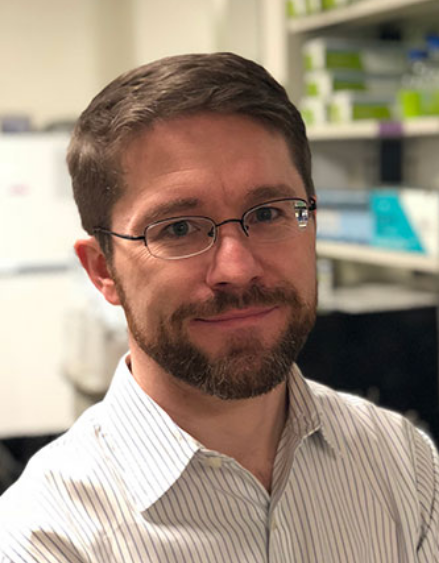 Shaun Mahony
Shaun Mahony
Pennsylvania State University
USA
 Joel Mainland
Joel Mainland
Monell Chemical Senses Center
USA
Dr. Joel Mainland is an olfactory neuroscientist and a Member at the Monell Chemical Senses Center. He has used methods from molecular biology, genetics, neuroscience, and machine learning to examine how humans perceive odors.
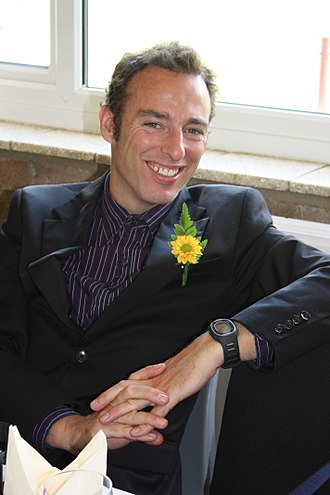 Matthew Stephens
Matthew Stephens
University of Chicago
USA
Dr. Matthew Stephens FRS is a Bayesian statistician and professor in the departments of human genetics and statistics at the University of Chicago. Stephens has a PhD from Magdalen College, Oxford University. He then went on to work with Peter Donnelly as a postdoctoral researcher.. It was there that he developed the Structure computer program, along with Jonathan Pritchard, which is used for determining population structure and estimating individual admixture. He then went on to develop the influential Li and Stephens model as an efficient model for linkage disequilibrium. Stephens was awarded the Guy Medal (bronze) in 2006. He was elected a Fellow of the Royal Society in 2023.
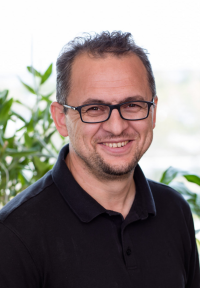 Ferhat Ay, PhD
Ferhat Ay, PhD
La Jolla Institute for Immunology
Ferhat Ay is the Institute Leadership Associate Professor of Computational Biology at the La Jolla Institute for Immunology (LJI) with adjunct appointments at the UC San Diego School of Medicine, Moores Cancer Center, Institute for Genomic Medicine and Bioinformatics and Systems Biology PhD program. Prior to LJI, he was a Research Assistant Professor at Northwestern University (2015) and a CRA Computing Innovation Fellow in William Noble's lab in the Department of Genome Sciences at the University of Washington (2011-2014). Ferhat completed his Ph.D. in Computer Science at the University of Florida (2007-2011) and his B.S. degrees in Computer Engineering and Mathematics both from Middle East Technical University (METU), Turkey, in 2007. His primary research areas are bioinformatics, computational biology, epigenomics, and regulatory genomics. Ferhat and his lab developed computational methods for studying chromatin conformation capture data (Hi-C, HiChIP), including highly utilized tools such as FitHiC, FitHiChIP, Mustache, HiCNV/HiCTrans and dcHiC. He serves as an Associate Editor for PLoS Computational Biology, Journal of Computational Biology, and as an Editorial Board Member for Genome Biology, and in several different organizational roles for ISCB conferences, including ISMB, RECOMB and RSGDREAM.
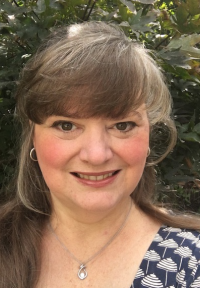 Elise Blaese, MS, MBA
Elise Blaese, MS, MBA
IBM
Elise Blaese is a Senior Project Manager for IBM Research. She supports the work of the IBM Research Healthcare and Life sciences team. She is also a DREAM Director, having worked on outreach, marketing, logistics and management of DREAM Challenges and the Annual DREAM conference since 2011. Elise joined IBM Research in 2008 where she works to find research opportunities for IBM researchers and our partner universities with the NIH. Before joining Research Elise work in IBM’s internal healthcare startups in solutions development and marketing for five years. Prior to IBM, Elise worked for NASA for 10 years in the Space Life Sciences research program where she was a project manager for the Life Sciences Data Archive (LSDA). Elise also worked in payload Mission Control for four Spacelab missions in the early 90’s.
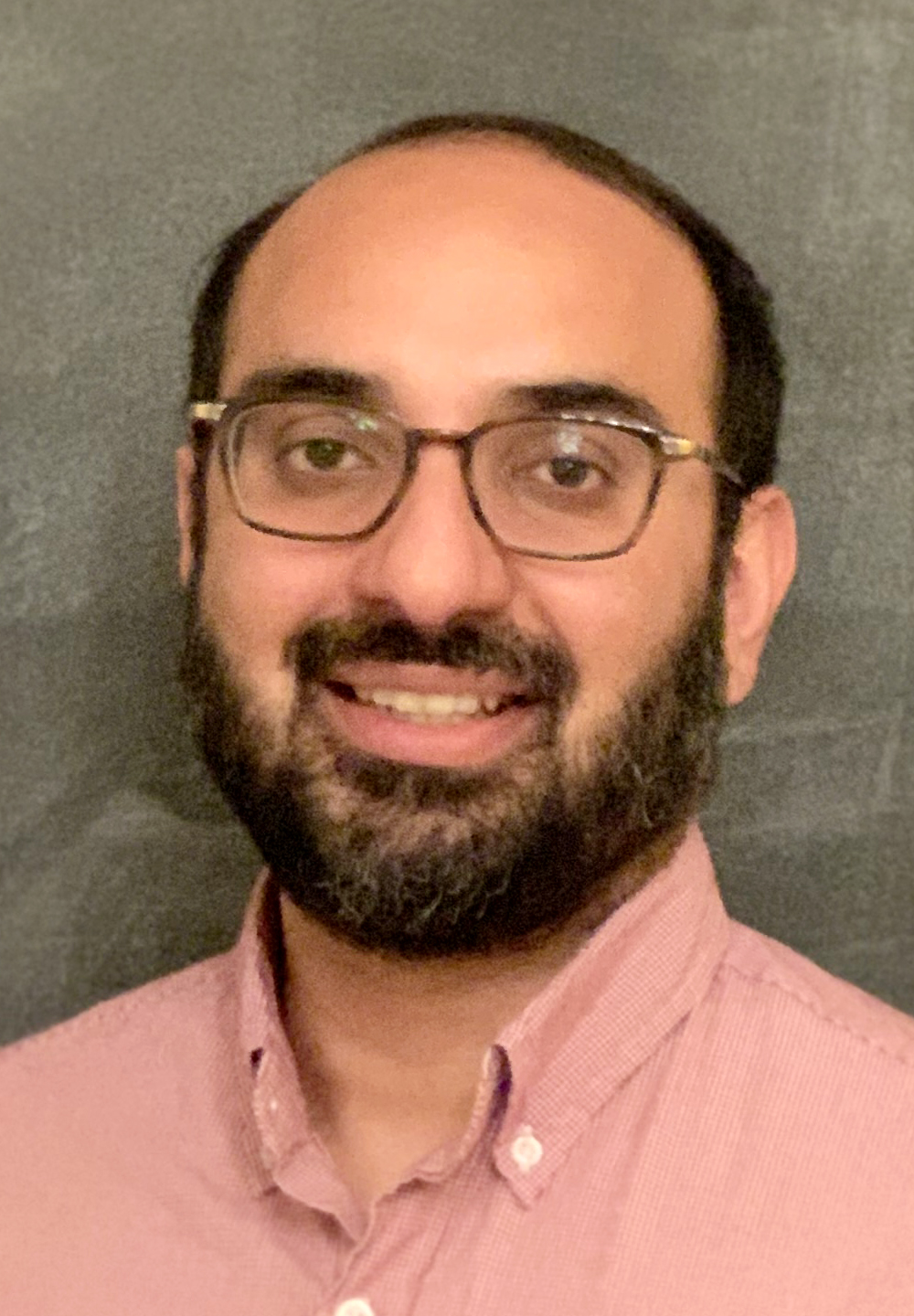 Aly Azeem Khan, PhD
Aly Azeem Khan, PhD
University of Chicago
Aly A. Khan is an Assistant Professor at the University of Chicago, with appointments in the Departments of Pathology, Family Medicine, and the College. He develops computational methods to uncover clinically relevant insights about the immune system, translating these into improved diagnostic and therapeutic opportunities for human health. Previously, he was a research faculty member at the Toyota Technological Institute in Chicago, where he established a basic science research program in computational immunology. In addition to his academic research, he has advanced translational research at Merck, Genentech, Tempus Labs, and currently 23andMe. Dr. Khan earned his Ph.D. in Computational Biology jointly from Cornell University and the Memorial Sloan Kettering Cancer Center. His contributions to computational immunology have been recognized with several honors, including the NIH DP2 NIAID New Innovator Award.
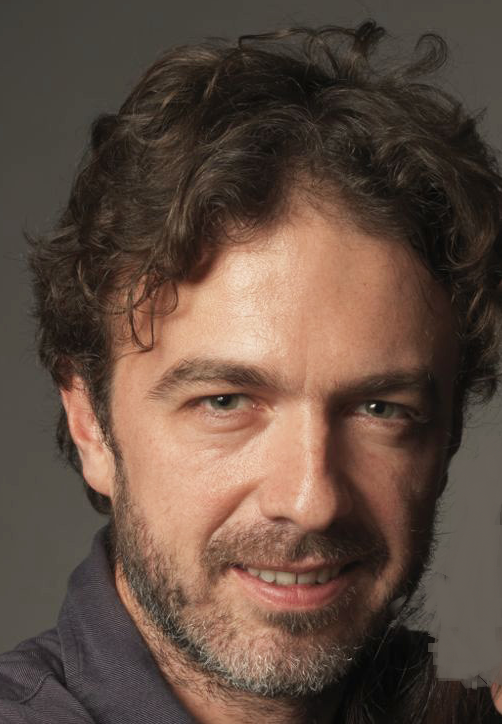 Pablo Meyer, PhD
Pablo Meyer, PhD
IBM
Pablo Meyer is Manager of the Biomedical Analytics and Modeling group at IBM research, Director of DREAM challenges and as such has been working on developing models and applying AI to biological/biomedical problems, Systems Biology, Olfaction and Disease.
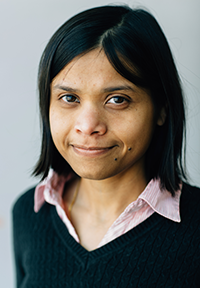 Sushmita Roy, PhD
Sushmita Roy, PhD
University of Wisconsin-Madison
Sushmita Roy is a Professor at the Biostatistics and Medical Informatics Department and a faculty at the Wisconsin Institute for Discovery, University of Wisconsin, Madison. Her research lies at the intersection of machine learning and regulatory genomics. Her group develops and applies computational methods for identifying regulatory networks that exist in living cells and examines their dynamics across different biological contexts. She works closely with experimentalists who study a variety of biological processes ranging from infectious disease, cell fate specification, host microbe interactions, evolution of tissue-specific gene expression that all have a shared goal to understand the underlying regulatory network. Dr. Roy is a recipient of an Alfred P. Sloan Foundation Fellowship, an NSF CAREER award and a James McDonnell foundation scholar award.
Coming Soon
Links within this page: Venue Information | Accommodations | Travel
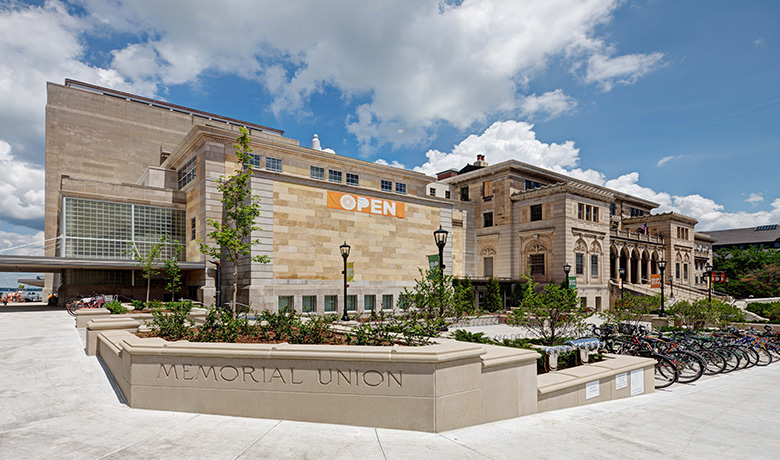 Conference will take place in the Memorial Union at University of WIsconsin - Madison
Conference will take place in the Memorial Union at University of WIsconsin - Madison
The address is: 800 Langdon Street, Madison, WI 53703
 With a stay at The Madison Concourse Hotel and Governor's Club, you'll be centrally located in Madison, within a 5-minute drive, 15 minute walk of the University of Wisconsin-Madison and Capitol Square. Each hotel room features Dayton Street Comfort Collection™ bedding and complimentary wireless Internet access. During your stay, enjoy our third-floor pool area with a ton of natural light, our state-of-the-art 24-hour fitness center, and an array of delicious dining options.
With a stay at The Madison Concourse Hotel and Governor's Club, you'll be centrally located in Madison, within a 5-minute drive, 15 minute walk of the University of Wisconsin-Madison and Capitol Square. Each hotel room features Dayton Street Comfort Collection™ bedding and complimentary wireless Internet access. During your stay, enjoy our third-floor pool area with a ton of natural light, our state-of-the-art 24-hour fitness center, and an array of delicious dining options.
Guests can enjoy a complimentary airport shuttle is available for service between Dane County Regional Airport and the hotel. The shuttle serves all overnight guests and runs between 4:30AM and 11PM.
From the airport: Simply call the hotel when you are ready for pick-up. The shuttle pick-up area is across the street from baggage claim Door 5. If you arrive after 11PM, taxis are available outside Door 7. Rideshare vehicles such as Uber and Lyft also pick up at the median across the street from Door 5.
From the hotel: Please make a reservation at the front desk. The shuttle runs to the airport daily on the hour and half-hour during shuttle hours.
Delta Air Lines is pleased to offer special discounts for ISCB
Please click here to book your flights.
You may also call Conferences and Events® at 1(800)328-1111* Monday–Friday, 8:00 a.m. – 6:30 p.m. (EST) and refer to Meeting Event Code: NM3UP
*Please note there is not a service fee for reservations booked and ticketed via our reservation
800 number.
When booking a flight with United be sure to use the following discount code: ZPQF421521
The RECOMB/ISCB Conference on Regulatory and Systems Genomics invites abstracts for consideration for oral presentations or participation in a poster session. Abstracts may be either original unpublished work or original work that was published or accepted for publication in a high-impact journal between January 1, 2023 and November 1, 2024. Unpublished work will be considered for either an oral or poster presentation.
Key Dates:
*Poster portal information will be sent to all approved posters after the notification deadline. Note Late Breaking posters will have a very short turn-around as all presentations MUST be uploaded no later than September 24, 2024.
For a variety of reasons, RECOMB/ISCB strongly prefers that scientific research accepted for oral presentation be presented in-person at the conference venue. We understand that some presenters will have valid reasons to avoid in-person attendance. RECOMB/ISCB will grant remote presentation options for reasons associated with maternity/paternity leave, care for a family member, personal/medical disability, sickness, financial hardship, or potential visa problems. If your research is accepted for oral presentation and you are unable to present in person, ISCB requires notification at the time of acceptance and no later than August 19, 2024. You will be asked during your confirmation of participation to confirm your in-person participation. If unable to participate you will need to request a waiver by writing This email address is being protected from spambots. You need JavaScript enabled to view it.
In addition to the expectation to present in-person presenters will be required to provide a pre-recorded talk for the virtual platform library in advance of the conference. The pre-recorded talk will be available shortly after the live presentation to provide faster and more seamless access to the conference content for virtual participants.
Any abstracts submitted after the deadline will be included only at the discretion of the conference chairs, and will be eligible for poster presentations only. Please also note that we can only allow one abstract per presenting author.
Authors reserve the right to publish their work elsewhere.
In-Person Poster Hall: When preparing accepted posters please note that your printed poster should not exceed the following dimensions: 46 inches wide by 46 inches high. There will be 1 or 2 poster per side on the each poster board. Additionally, we ask that you also follow the Virtual Poster Hall information below in addition to your in-person presentation. This ensures all posters are viewable to both in-person and virtual attendees thus providing more exposure to your work.
Virtual Poster Hall: When preparing accepted posters please note that your poster will need to be uploaded via the virtual platform portal in two formats - a PDF of the poster and a 5-7 minute flash talk video not to exceed 100MB. Poster portal information will be sent to all approved posters closer to the conference and after the notification deadline. All presentations MUST be uploaded on specific dates within a specific window and no later than September 24th*. More specific dates will be given closer to the conference.
*Late Breaking posters will have a very short turn-around.
Poster Printing Services: There are a number of ways to get your poster printed, both on campus and off. It's a good idea to get your file to the printer a week in advance. Otherwise, you may have to pay a rush processing fee.
Please use this link to Easychair to submit the text of your abstract (400 words or less). You will be asked to provide information about yourself and your coauthors, including name, email address, and affiliation. Please check one box for corresponding author to indicate who would be speaking or would be primarily responsible for your poster. You will also be asked to provide an abstract title, the text of your abstract, and keywords.
This conference is designed to present the latest findings about regulatory and systems genomics, foster discussion about current research directions, and establish new collaborations that will advance the development of a systems-level understanding of gene regulation. Some possible topics include:
Omics Integration and Analysis
Computational Approaches in Gene Regulation
Mathematical Modeling and Network Inference
Epigenomics and Chromatin Organization
Genetics of Complex Traits and Diseases
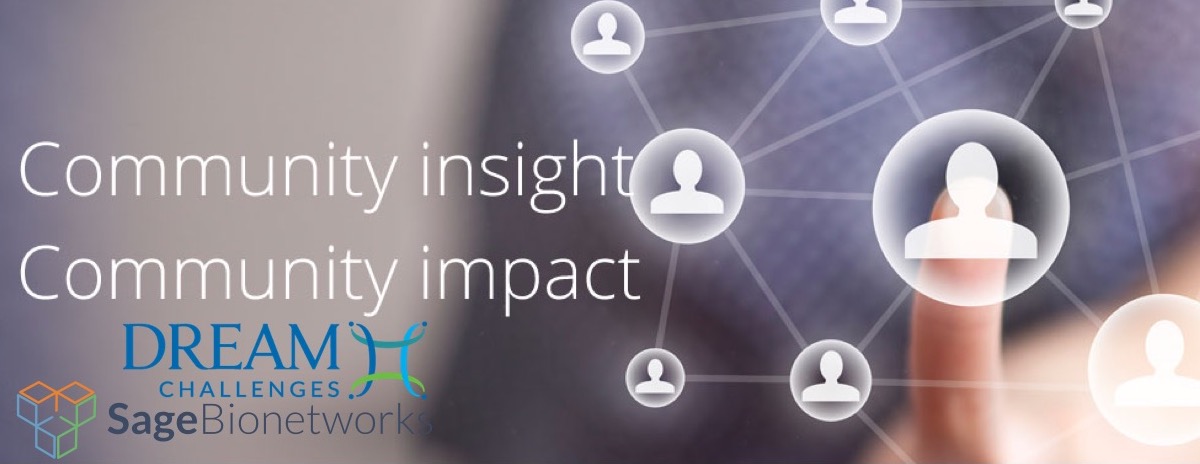
The DREAM Challenges are crowd-sourcing to solve complex biomedical research questions.
Together, we share a vision to enable individuals and groups to collaborate openly so that the 'wisdom of the crowd' provides the greatest impact on science and human health. Over sixty crowd-sourced DREAM Challenges have benchmarked informatic algorithms in biomedicine. DREAM has had over 30,000 cross-disciplinary participants from around the world that have volunteered as solvers. Over 105 academic journal publications have resulted from DREAM Challenges covering a range of disease areas.
Learn more about the DREAM process - Pose > Prepare > Engage > Evaluate > Share

Recent advances in predictive methods and availability of perceptual data have paved the way for a growing interest in olfactory perception predictions from chemical representations of molecules. This has led to a growing consensus that for pure odors, it is possible to build models using the chemical structure of molecules to predict the perceptual values of natural language attributes of smells. However, predictions have mainly focused on pure molecules and not the real-world situation of olfactory mixtures. In order to start filling this gap, we plan to organize a second DREAM olfaction prediction challenge now focused on predicting the discriminability of olfactory mixtures. Using publicly available data from 3 different studies (Bushdid et al 2014, Snitz et al 2013, Ravia et al 2020) for more than 700 unique mixtures and almost 600 measurements of mixture pairsdiscriminability, participants will be tasked to predict the discriminability of 46 unpublished mixture pairs. We will here present the details of the datasets and the challenge timeline/scoring approach.
 Calling all champions of discovery and health enthusiasts! Join us in a thrilling challenge to unravel the complexities of hypercholesterolemia. Your participation is vital as we harness the power of multi-dimensional data to decode the secrets hidden within our genes, the environment, diet, and lifestyle. Together, let’s embark on this exhilarating journey of exploration and innovation, as we strive to uncover the collective impact of these factors on human health. Are you ready to accept the challenge and make a difference in the fight against hypercholesterolemia? Join us now and be part of the solution!
Calling all champions of discovery and health enthusiasts! Join us in a thrilling challenge to unravel the complexities of hypercholesterolemia. Your participation is vital as we harness the power of multi-dimensional data to decode the secrets hidden within our genes, the environment, diet, and lifestyle. Together, let’s embark on this exhilarating journey of exploration and innovation, as we strive to uncover the collective impact of these factors on human health. Are you ready to accept the challenge and make a difference in the fight against hypercholesterolemia? Join us now and be part of the solution!
 A critical bottleneck in translational and clinical research is access to large volumes of high-quality clinical data. While structured data exist in medical EHR systems, a large portion of patient information including patient status, treatments, and outcomes is contained in unstructured text fields. Research in Natural Language Processing (NLP) aims to unlock this hidden and often inaccessible information. However, numerous challenges exist in developing and evaluating NLP methods, much of it centered on having “gold-standard” metrics for evaluation, and access to data that may contain personal health information (PHI).
A critical bottleneck in translational and clinical research is access to large volumes of high-quality clinical data. While structured data exist in medical EHR systems, a large portion of patient information including patient status, treatments, and outcomes is contained in unstructured text fields. Research in Natural Language Processing (NLP) aims to unlock this hidden and often inaccessible information. However, numerous challenges exist in developing and evaluating NLP methods, much of it centered on having “gold-standard” metrics for evaluation, and access to data that may contain personal health information (PHI).
This DREAM Challenge will focus on the development and evaluation of of NLP algorithms that can improve clinical trial matching and recruitment. !
ISCB Members enjoy discounts on conference registration (up to $150), journal subscriptions, book (25% off), and job center postings (free).
Connecting, Collaborating, Training, the Lifeblood of Science. ISCB, the professional society for computational biology!
Giving never felt so good! Considering donating today.